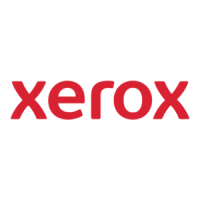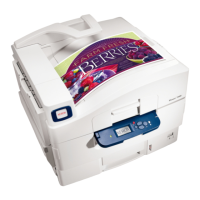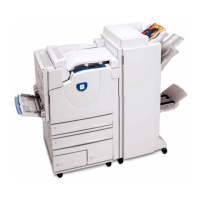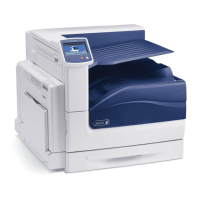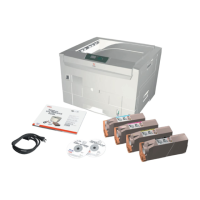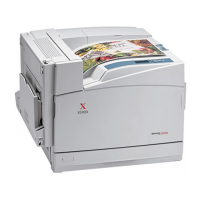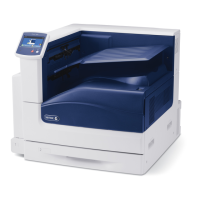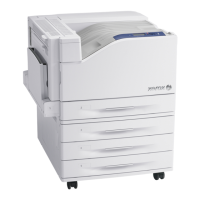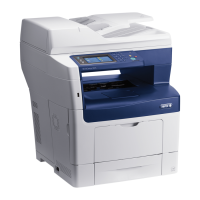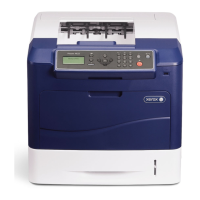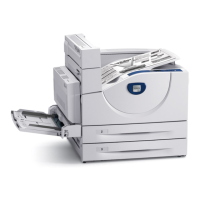Security
Phaser 7100 Color Printer
System Administrator Guide
48
Digital Certificates
A digital certificate must be installed on the printer before you can enable secure HTTP (SSL). A digital
certificate is the data used to verify the identity of the holder or sender of the certificate. A certificate
includes the following data:
• Information about the person, organization, or computer that the certificate is issued to, including
the name, location, email address and other contact information.
• Serial number of the certificate
• Expiration date of the certificate
• Name of the certificate authority (CA) that issued the certificate
• A public key
• Digital signature of a CA
Installing a Digital Certificate
There are three ways to install a certificate on the printer:
• Create a Self-Signed Certificate. The printer creates its own certificate, signs it, and creates a
public key to be used for encryption.
• Create a request to have a certificate authority, or a server functioning as a certificate authority
sign a certificate and then upload the certificate to the printer. An example of a server functioning
as a CA is Windows Server running Certificate Services.
• Install a certificate created by a trusted intermediate or root CA. For details, see Managing
Certificates on page 49.
Note: Installing a self-signed certificate is less secure than installing a certificate signed by a
trusted CA. However, if you do not have a server functioning as a certificate authority, the self
signed certificate is your only option.
Creating a Self-Signed Certificate
1. In CentreWare Internet Services, click Properties > Security > Machine Digital Certificate
Management.
2. Click Create New Certificate.
3. Select Self Signed Certificate.
4. Click Continue.
5. Select Digital Signature Algorithms from the drop-down menu.
6. Select the Public Key Size and type the name of the Issuer.
7. Type the number of days between 1 and 9999 or until the certificate expires next to Days of
Validity.
8. Click Apply.
